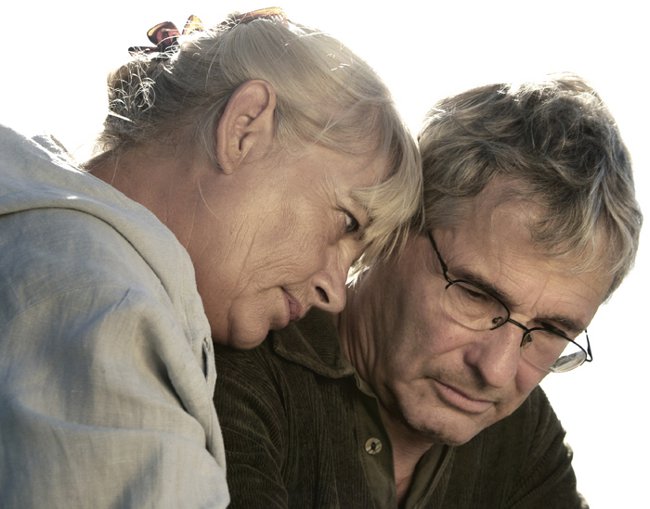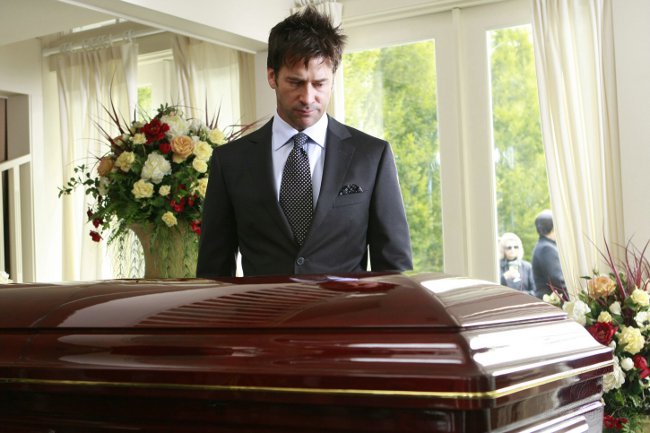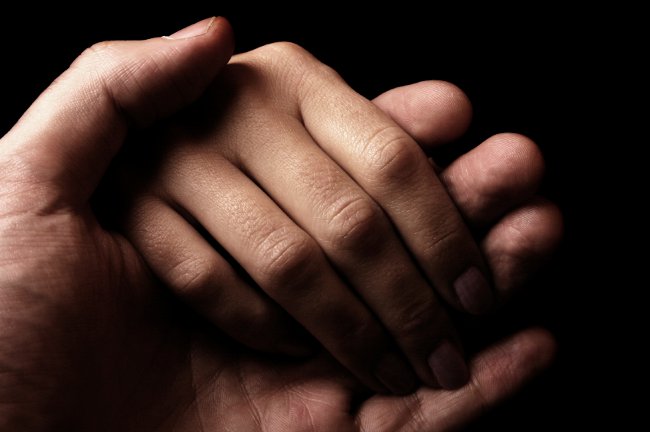Died person: what to do?
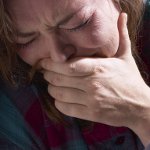
What to do if a person has died: a standard action plan
First of all it is necessary call doctors for death. If a person dies at home during the day, call the district doctor. If death occurred at night or not at home, instead of a local one, an ambulance crew is called up. It is also necessary call a police officer, which will have to issue a protocol for the examination of the corpse. If death does not occur at home, it will also arrange the direction of the corpse for a forensic autopsy.
Further actions depend on where and at what time of the day the person died. If death came at home and during the day, after registration of the death report form and the protocol of the corpse inspection it is necessary to contact the polyclinic. In addition to these two documents, you need to have a medical policy, an outpatient card of the deceased (if it is on hand), a deceased passport and the applicant's passport.
Based on these documents, the polyclinic will be medical certificate of death or they will make a decision on sending the corpse to a pathoanatomical autopsy in the morgue at the place of residence.
If the corpse has been sent to a post mortem autopsy, a specialized machine should be called up from the service of corporeal transport (the service should be known to medical personnel), and after taking the body to the morgue to apply there with the passport of the deceased and the applicant, to issue a medical certificate of death.
If a person died at night, the body can be transported tothe morgue immediately, then the staff of the service of corpse will take with him the death report form and the inspection report of the corpse. In return, they will give you a form of referral to the clinic, where you will receive an outpatient card of the deceased if it is not in your hands. After receiving outpatient card with posthumous epicrisis It is necessary with the passport of the deceased and the applicant to go to the morgue for a medical certificate of death.
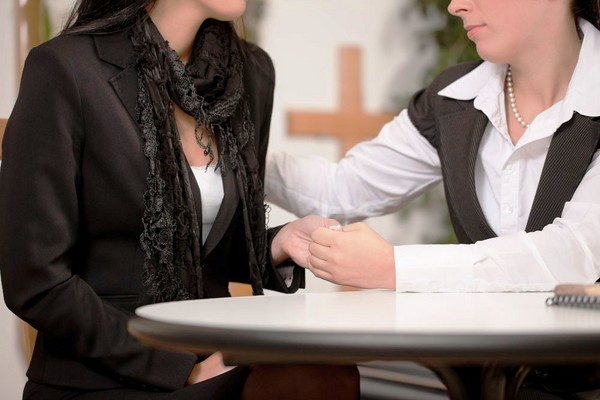
If the body was not transported to the morgue, in the morning, contact the clinic with all the necessary documents, just as in the case of a person who died in the afternoon.
In that case, if a person died not at home, it is necessary to call a specialized machineservice of transportation for transporting the body to the morgue at the place of death. The employees of the service will remove the death report form from you, the protocol of the corpse inspection and the direction for the forensic autopsy. You need to take the passport of the deceased and the applicant and place a medical certificate of death in the morgue.
When you have a medical certificate of death on your hands, you need to contact the registry office and get certificate of death (Form 33) and stamped death certificate. After this, if necessary, you canorganize a car to transport the body to the morgue at the place of residence, if originally the body was sent to the morgue at the place of death. Without a stamped death certificate, the body can not be transported to another morgue.
Finally, the last thing you need to do is To address in funeral service and to place the order on rendering of funeral services and the organization of funeral. You can place an order in person by contactingdirectly in the service bureau, or you can call the agent to place an order. Physicians and a police officer can offer you the services of their funeral agents, but you have every right to refuse.
What to do if a person has died: special cases
What should we do if death occurred in a medical institution, in a public place, abroad or was it violent? In these cases, there are specific features, which you need to know.
If a person died in a medical institution, the body is usually sent to the morgue of this institution. An employee of the institution (nurse or doctor) notifies relatives and informs you where you can get a medical certificate of death. After that, in the registry office you need to get a stamped death certificate and form 33 and apply to the funeral service. The body can remain in the morgue of the medical institution right up to the funeral, but it is also possible to arrange transportation to another morgue.
With violent death body from the scene is sent toforensic morgue. Upon the death, a verification will be made, as a result of which the criminal case will or will not be initiated. The police or prosecutor's office conducts the check, they issue a permit for the burial of the deceased. After obtaining a permission for burial and a medical certificate of death, you can get a death certificate and stamped evidence in the registry office of your residence and organize funerals.
If a person died in a public place, the body of the deceased will be sent from the scene of the incident toforensic morgue. If you have lost a relative or a close person, you need to find out the addresses of the forensic medical morgues in the police or the accident office and come there to identify the body, after which you will be given an opinion on the cause of death.
If death occurred abroad, it is necessary to apply to the nearest consulatea country whose citizenship was deceased. They will register the fact of death, help settle everything with the local authorities, and also transport the body of the deceased to their homeland and perform the remaining formalities. The expenses are paid by relatives of the deceased.
